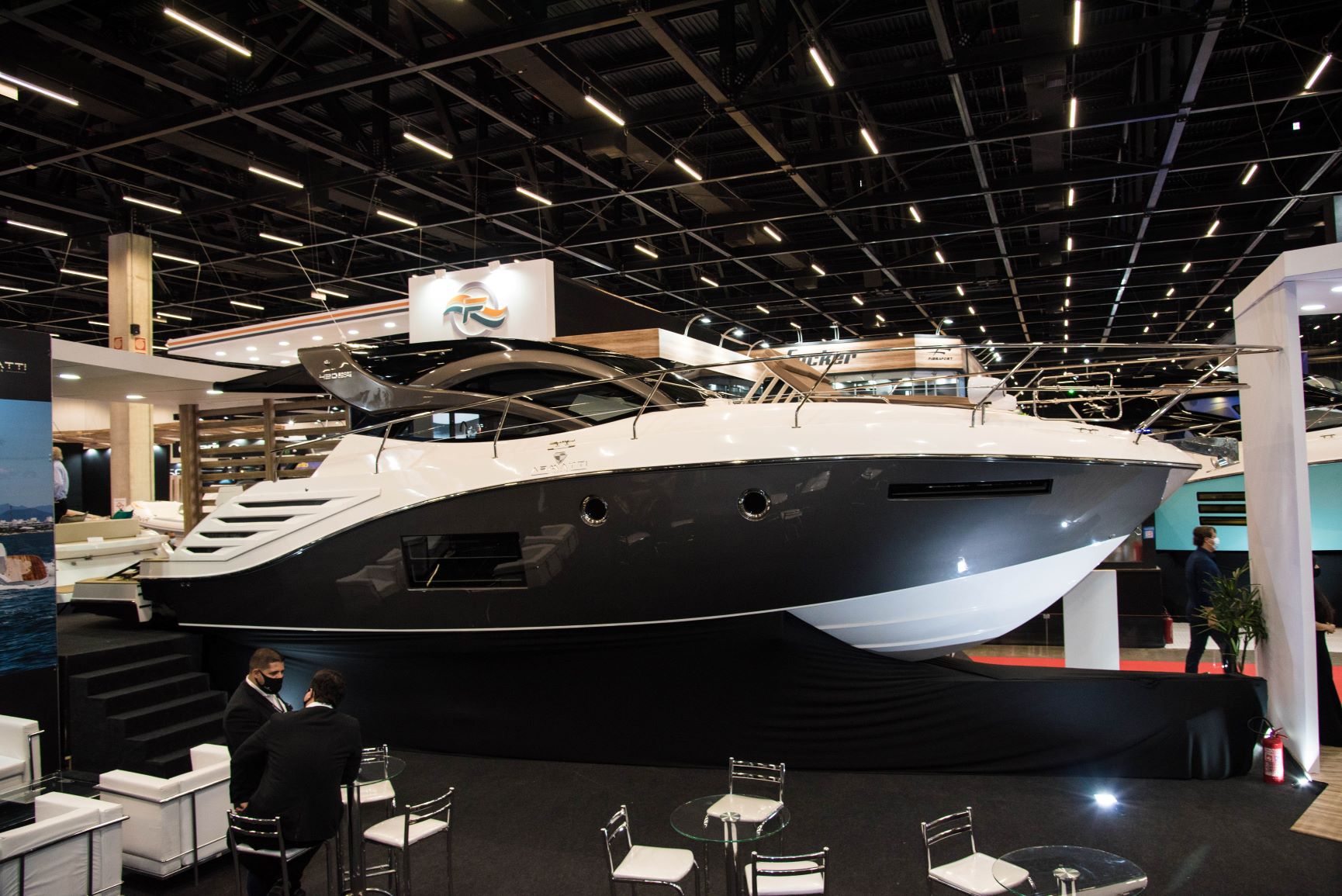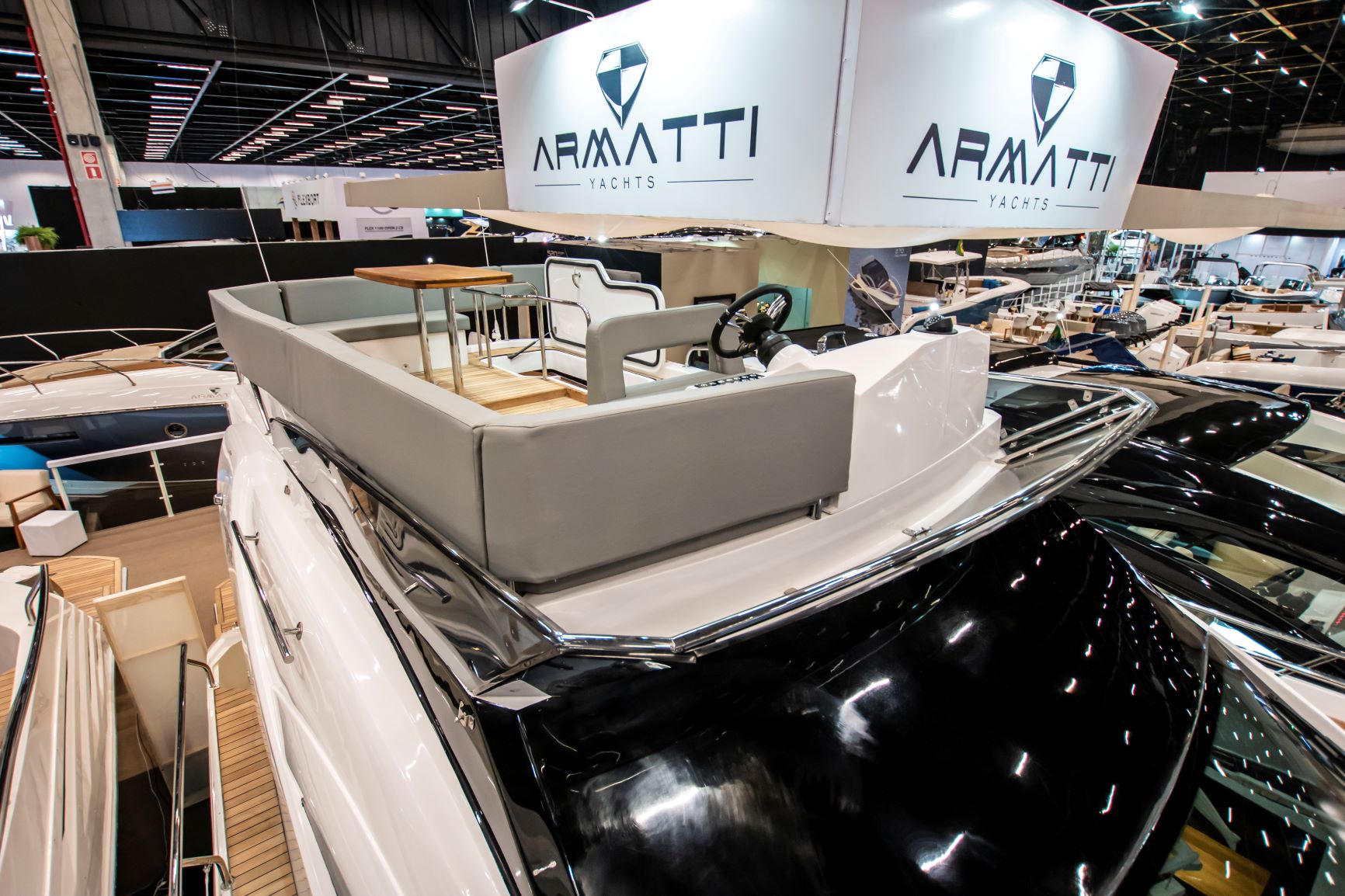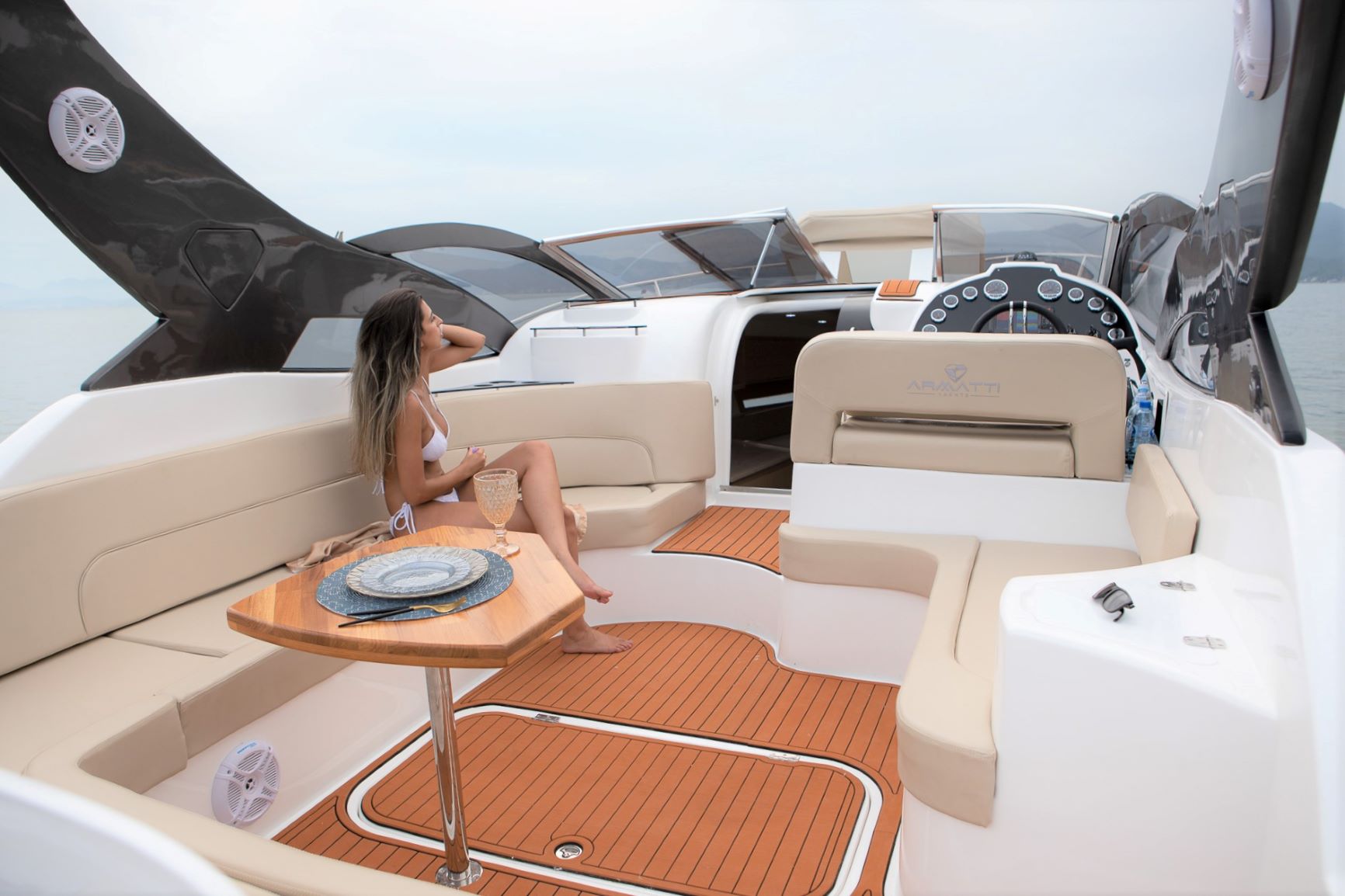Tackling the Sustainability of Power Electronics
ARTICLE CREDIT: ADVANCED ELECTRIC MACHINES
ADVANCED ELECTRIC MACHINES AVAILABLE THROUGHOUT ASIA FROM DRAKE MARINE
DRAKE MARINE / RESOURCES / CASE STUDIES / TACKLING THE SUSTAINABILITY OF POWER ELECTRONICS
It wouldn’t be overstating it to say that without power electronics the modern world would grind to a halt.
Power electronics has a role in just about every electrical engineering function that you can imagine. It’s in your mobile phone, it’s in your electric car (if you have one), and there will be a multitude of electronic devices in your home that rely on power electronics.

The question, then, is what on earth is power electronics?
Power electronics uses semiconductor technology to control the flow of electrical energy from a source, such as a battery, to a load, such as a traction motor. In other words, it is a sort of ‘invisible’ technology that makes electrical systems work.
Power electronics is so widely used because it is an incredibly efficient way of converting one form of electrical energy into another. And so it is that these complex pieces of technology are going to be in high demand as we embark on the express EV scale-up that the industry is bracing itself for.
The future of power electronics
Now, there are a number of key technological drivers for power electronics in today’s market: reduced costs, increased efficiency, increased power density, simple and flexible application, environmental tolerance, and life cycle.
The unique challenge of designing power electronics, however, is that improving one design criterion may adversely affect another. For example, if you try to make a system more cost-effective, it might affect the size of the unit and therefore reduce the power density.
However, that’s not to say that the automotive industry shouldn’t strive for better. In an earlier blog, we looked at the global problem of e-waste, to which power electronics is, unfortunately, a contributor. To make progress, we need to develop power electronics that are more sustainable, more affordable, and highly resilient.
The challenge with sustainability is that power electronics systems are made up of a complex cocktail of polymers, ceramics, semi-conductors and metals like copper, aluminium and tin plus small amounts of precious metals such as silver and gold. All of these materials have different lifecycles, and some are difficult or impractical to recycle.
The three Rs
The industry’s success in overcoming this challenge will, to a large extent, depend on how it can deliver agains the ‘three Rs’.
Reduce, Reuse and Recycle.
Reduce means using less raw material and less energy in our manufacturing. It means using recycled material where possible, replacing difficult-to-recover materials if we can, and making products that are even more energy-efficient.
Reuse means designing power electronics for a longer life, as well as designing them for reuse and remanufacture. Central to this is making systems that are easier to dismantle so that valuable parts can be recovered.
And Recycle simply means we become less reliant on materials that cannot be recovered and recycled.
At Advanced Electric Machines, we strongly believe that this is the path we must take, and the time to accelerate change is now.





